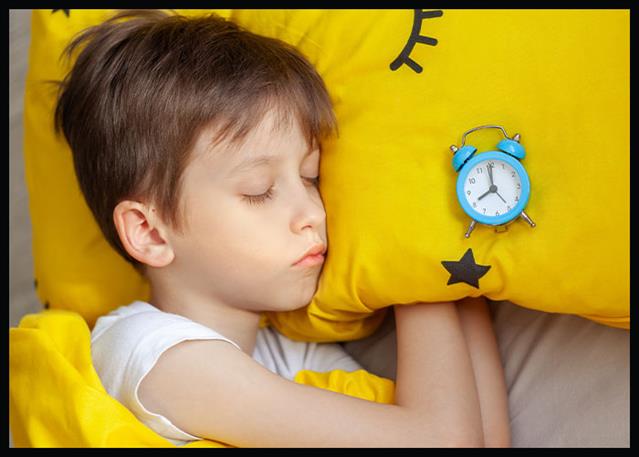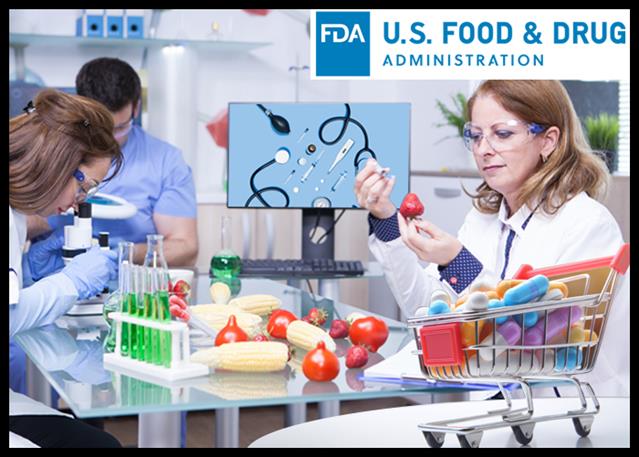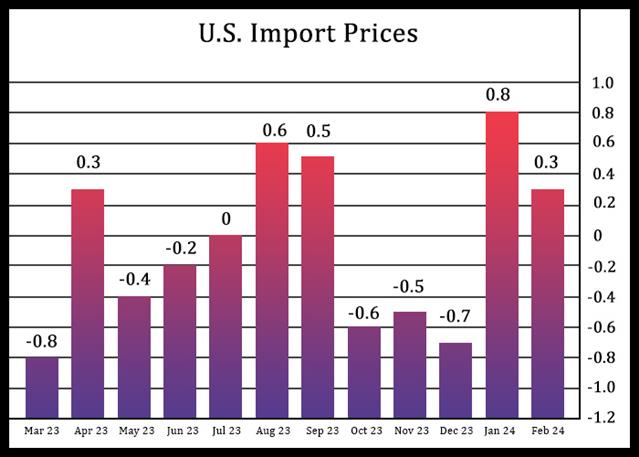
According to a report published in the CDC’s Morbidity and Mortality Weekly Report, there has been a significant increase in melatonin-related poisonings among children. The report highlights that the number of poison center calls related to children’s exposure to melatonin has risen by 530% between 2012 and 2021.
CAPT Jennifer N. Lind, a CDC spokesperson, stated that there was a 420% increase in ED visits for melatonin ingestions by children aged 5 or younger from 2009-2012 to 2017-2020. In the latest analysis covering 2019-2022, approximately 11,000 ED visits were reported for unsupervised melatonin ingestions by young children. The rise in numbers is attributed to the attractive gummy packaging and easily accessible bottles of melatonin.
Gummy formulations were the most commonly ingested dosage form, with over one-third of cases involving the ingestion of ten or more melatonin gummies or tablets. Infants and children gained access to melatonin from a bottle due to the lack of child-resistant packaging requirements and varying dosages, as melatonin is not regulated by the FDA.
Lind further stated that 7% of all ED visits in the U.S. during the specified period were due to unsupervised medication ingestions by children aged 5 or younger. She also added that “Among the ED visits with documentation of the container type, approximately three-quarters involved melatonin accessed from bottles, which suggests that young children either opened the bottles or that the bottles were not properly closed by caregivers.”
Dr. Eyrnne Bowers, a pediatrician at Orlando Health Physician Associates Lake Mary, explains that common side effects include fatigue, excessive drowsiness, nightmares, nausea, and restlessness, a drop in blood pressure, breathing issues, and frequent vomiting. Although most symptoms tend to resolve on their own, it is recommended to contact poison control for advice on the next steps.
Research indicates that a small percentage of unsupervised children who took melatonin required ventilator support at the hospital.
To keep children safe, Lind advises storing medications out of reach and sight, never leaving them accessible, securing safety caps after each use, educating children on medicine use, and advising others to keep bags containing medicine out of reach in their homes.
Copyright © 2024, RTTNews.com, Inc. All Rights Reserved.















